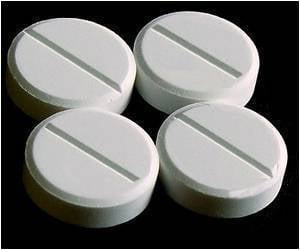Antithrombotic therapy does not lower the risk of stroke in low-risk patients, it rather increases the risk and causes death.

‘Low-risk atrial fibrillation patient survives much longer without any of the antithrombotic therapies.’





The study found that low-risk patients with a CHADS2 score of 0-1 or CHA2DS2 VASc score of 0-2, who received antithrombotic therapy experienced higher rates of stroke and significant bleeding. CHADS2 is an acronym that helps clinicians recall major stroke risk factors, assigning one point for each letter: "C" for congestive heart failure, "H" for high blood pressure, "A" for age 75 or older and "D" for diabetes. "S" stands for stroke and the "2" denotes an extra point is assigned for a previous stroke.
CHA2DS2-VASc builds on CHADS2, adding points for being female, being between the ages 65-75 and having vascular disease. "There is still no consensus regarding the initiation of these therapies in low-stroke risk patients, but findings from our study add important insight into this issue," said Victoria Jacobs, researcher.
The study involved 56,723 patients diagnosed with atrial fibrillation and a CHADS2 scores of 0-1 and CHADS2 VASc scores of 0-2. Patients were divided into groups receiving aspirin, Clopidogrel and Warfarin.
Follow-up after five years showed that 4.6 percent of aspirin-prescribed patients suffered a stroke versus 2.3 percent of those who weren't on it; 17.6 percent of those using aspirin experienced significant bleeding versus 11.5 percent not on it.
Advertisement
The study concludes that anticoagulation or antiplatelet therapies don't lower stroke rates in low-risk patients, but rather increase their risk of significant bleeding and death.
Advertisement
Source-ANI













